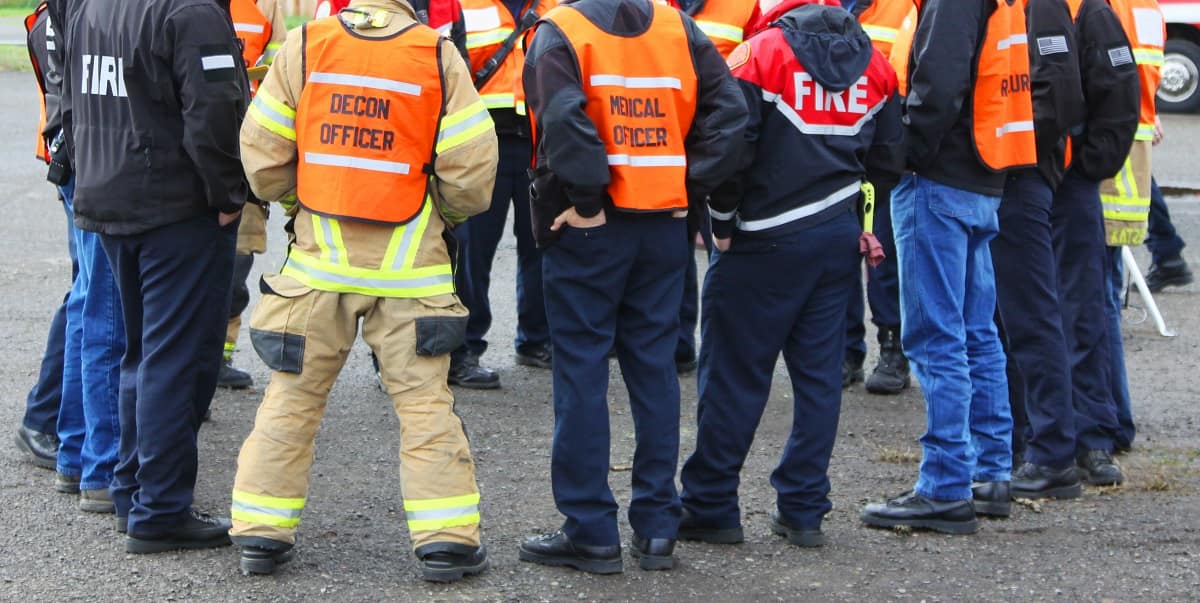Emergency Planning Kicks in During Atlanta Power Outage

Earlier this week, a power outage interrupted operations at the world’s busiest airport – grounding at least 1,500 flights and disrupting travel for an estimated 30,000 passengers traveling through Hartsfield-Jackson Atlanta International Airport. While airport emergencies can present unique logistical challenges such as fleet management and passenger safety, emergency management leaders in the U.S. are guided by a standard set of procedures set by the Federal Emergency Management Agency.
“It’s hard to plan for every emergency,” said Dr. Ron Wakeham, chair of the Security and Emergency Services Department at Embry-Riddle Aeronautical University – Worldwide. “Unexpected security and emergency incidents like this utilize all municipal resources.”
First Things First
When a major emergency occurs, officials first activate the Emergency Operations Center (EOC) and Incident Command System. These two entities play a major role in the developments that take place during the crisis.
“The Incident Command Center is located onsite at the crisis,” said Dr. Wakeham. “They are the boots-on-the-ground for the EOC, implementing emergency plans and feeding key decision-makers relevant information about the situation.”
The EOC, which is set up off-site, is staffed with officials representing a variety of support functions such as the transit authority, public works, local governments, the American Red Cross and more. This centralized location fosters collaboration to ensure consistent and effective communications and partnerships throughout an incident.
“The EOC representatives collaborate to think and plan strategically,” explained Dr. Wakeham. “They are the ones determining what resources are needed an hour from now, two hours from now or even two days from now.”
Technology for Good or Bad?
Communication to the public and within teams is also an important aspect of crisis management.
“Technology offers a major benefit for emergency management. Cell phones make it easier to quickly establish your command centers, and cell phone cameras allow the EOC to quickly see what’s happening at the crisis and make informed decisions,” said Dr. Wakeham.
Additionally, growing use of social media presence has been a game-changer in emergency situations.
“Honest social media has a great role in providing timely updates to the public regarding emergencies. Unfortunately, untrue posts also have potential to cause unnecessary havoc,” he said.
“It’s vital that timely official communications, such as briefings and press releases, verify or dispute what is being communicated on social media. This allows traditional media to contradict or reinforce social media messages.”
Learning From the Past
Following an incident, representatives from the EOC review the overall emergency response and prepare an After Action Report to document areas of improvement.
“Life teaches us a lot of lessons,” said Dr. Wakeham. “Every incident costs money and reputation, and we do everything we can to prevent it from happening again. Every single rule and ordinance comes from an incident occurring and using best practices to prevent it from happening again.”

 Katharina Lane
Katharina Lane